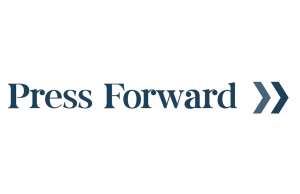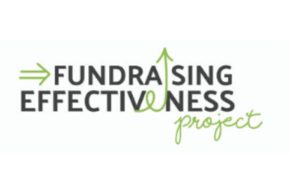The economy will continue to be the No. 1 issue nonprofit leaders must contend with for the rest of 2023, as many experts warn of a potential recession or at least an economic slowdown. While estimates on timing and severity vary, even a mild recessionary environment can create significant funding challenges.
Given the high percentage of donations that come from individuals and households — about 70% according to the National Philanthropic Trust and Giving USA — it will be difficult to sustain stable donation levels. That’s especially true as donors face recession-induced job and income losses. Additionally, the availability and dollar amount of government grants can hinge on fiscal policy. And thus, grant award amounts tend to be less on average during a recession.
The best approach to weathering economic uncertainty is to plan, anticipate challenges, and take steps wherever possible to build resilience. Here are actions nonprofit leaders should take now.
- Build On Your Strengths
As you think about planning for new or expanded programs/services, build on your organization’s strengths. An uncertain economic environment is likely not the best time to introduce new offerings that require a different business model from your existing operations, hiring new types of staff with different skill sets or investing in new equipment.
Identify where you already have the greatest impact and most efficiency in your existing operations and find ways to do more. This will help you expand your impact while driving efficiency and staying lean.
- Recognize The Risks Of Operating Lean
One of the hard realities of a recession is that employees and volunteers often take on new roles and responsibilities within the organization to ensure all bases are covered. These expanded roles can come with expanded risk, as individuals might be spread thin, working quickly or jumping in without training. From accounting to heavy lifting, it’s important to prioritize job skills and safety training to protect your people and the organization.
- Convert Donors Into Volunteers
If your typical donor pool starts drying up, try recruiting donors who need to pause or reduce their financial contributions to be volunteers. Some might have more free time to give, depending on their employment status. If your organization has staffing gaps, there could be opportunities to help fill interim needs. This approach also serves to keep donors active and engaged until they can resume their fiscal support.
- Generate Revenue Through Complementary Services
There might be opportunities to create new revenue streams and help alleviate losses in funding from donors or grants. This will look different for distinct types of nonprofits. Depending on business models and areas of focus, an efficient approach often will be to take a service you already provide and offer it as a paid service to a new audience or at a subsidized cost to your current constituents.
For example, a daycare providing free services could offer services at a subsidized cost that is less than the for-profit competition. Or in the same spirit as building on your strengths, look for adjacent services that could be offered as an add-on paid service alongside free services. These types of adjustments, even if temporary, can help sustain organizations through tough times.
- Get Scrappy With Marketing Efforts
Marketing is one area where you have an opportunity to bring in donors as volunteers to help develop strategies and execute on tactics. There are grassroots, low-cost marketing strategies for nonprofits that stand the test of time and demonstrate the importance of the work.
Using testimonials is one of the most powerful ways to make the connection between donations and their impact. Even better, most people already have the single piece of equipment needed to capture testimonials: a smartphone. In the era of the front-facing camera, you aren’t required to have perfect footage or fancy editing. Just give people the opportunity to share how your organization has made their lives better (and keep release forms handy).
There are free tools out there that can help with other aspects of marketing, such as templates to create simple graphics. Even if your budget doesn’t allow for paid advertising, you can continue getting your message out across digital channels such as your website, social media or even a podcast — which also gives your donors and volunteers another way to support the organization by sharing your content.
- Wear Your Efficiency Hat
While it’s entirely likely you never take your efficiency hat off, now is a good time to turn an even sharper eye to your operations. Review the goods and services you buy or rent from third-party vendors, then shop around to ensure you’re getting the best value. Look for creative ways to reduce or eliminate expenses.
Reach out to your contacts across the nonprofit world. It’s always a good idea to check in on each other in stressful times, and you might be able to trade ideas or spark new inspiration.
- Stay Positive
There are also some positive things to keep in mind as you move forward. Job market tensions should ease soon, and as the market becomes more competitive, it should have a positive impact on recruitment and retention. Prices for third-party goods and services have started to decline as inflation flattens and begins to decline. In a recessionary environment, general demand for those goods and services will also decrease.
With careful planning and preparation, nonprofit leaders can put their organizations in the best possible position to navigate these changes and continue making a positive impact.
*****
Nicole M. Jolley is assistant vice president – Nonprofit and Human Services at Church Mutual Insurance Company, S.I. (a stock insurer). Reach her at [email protected]











